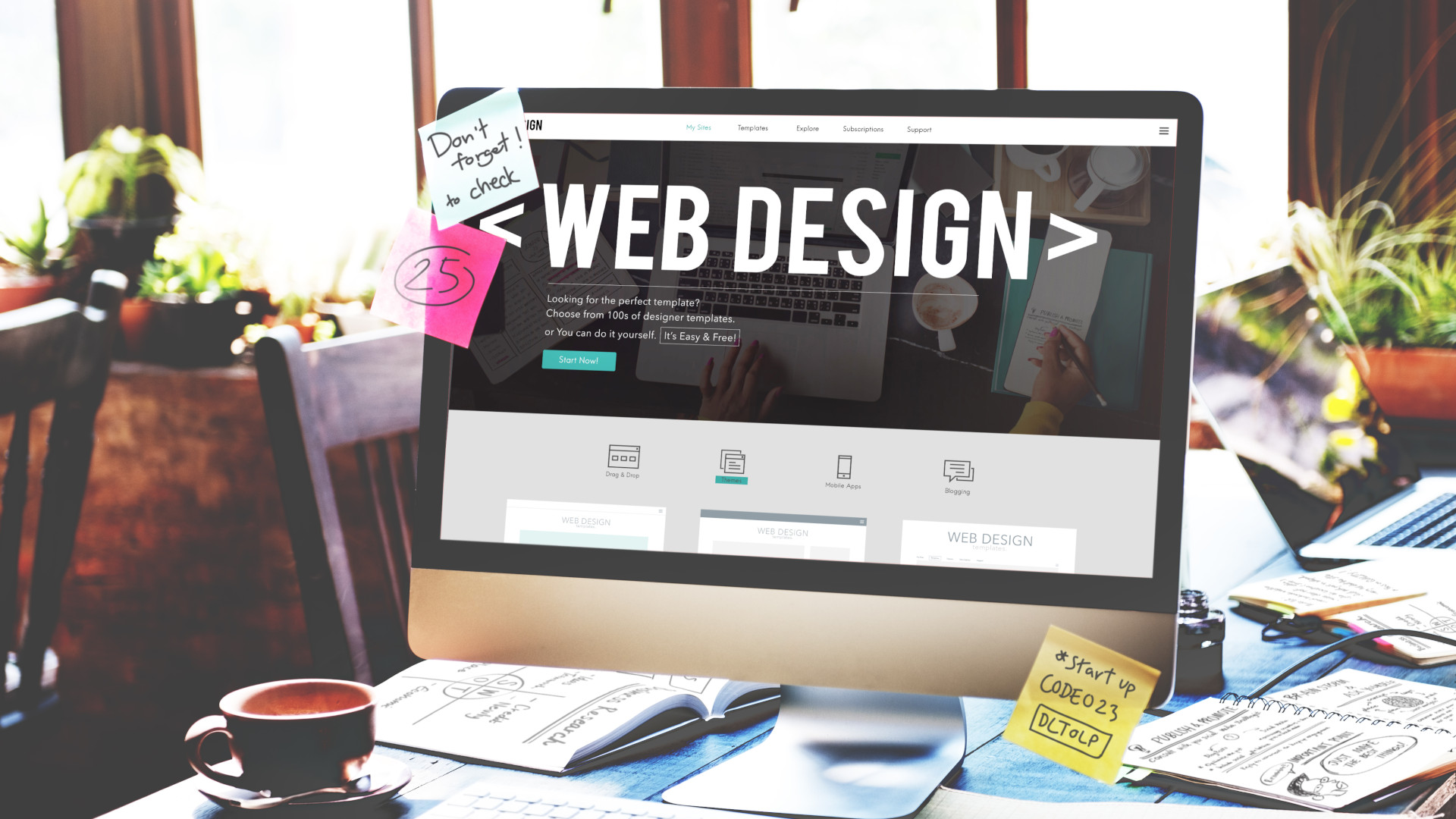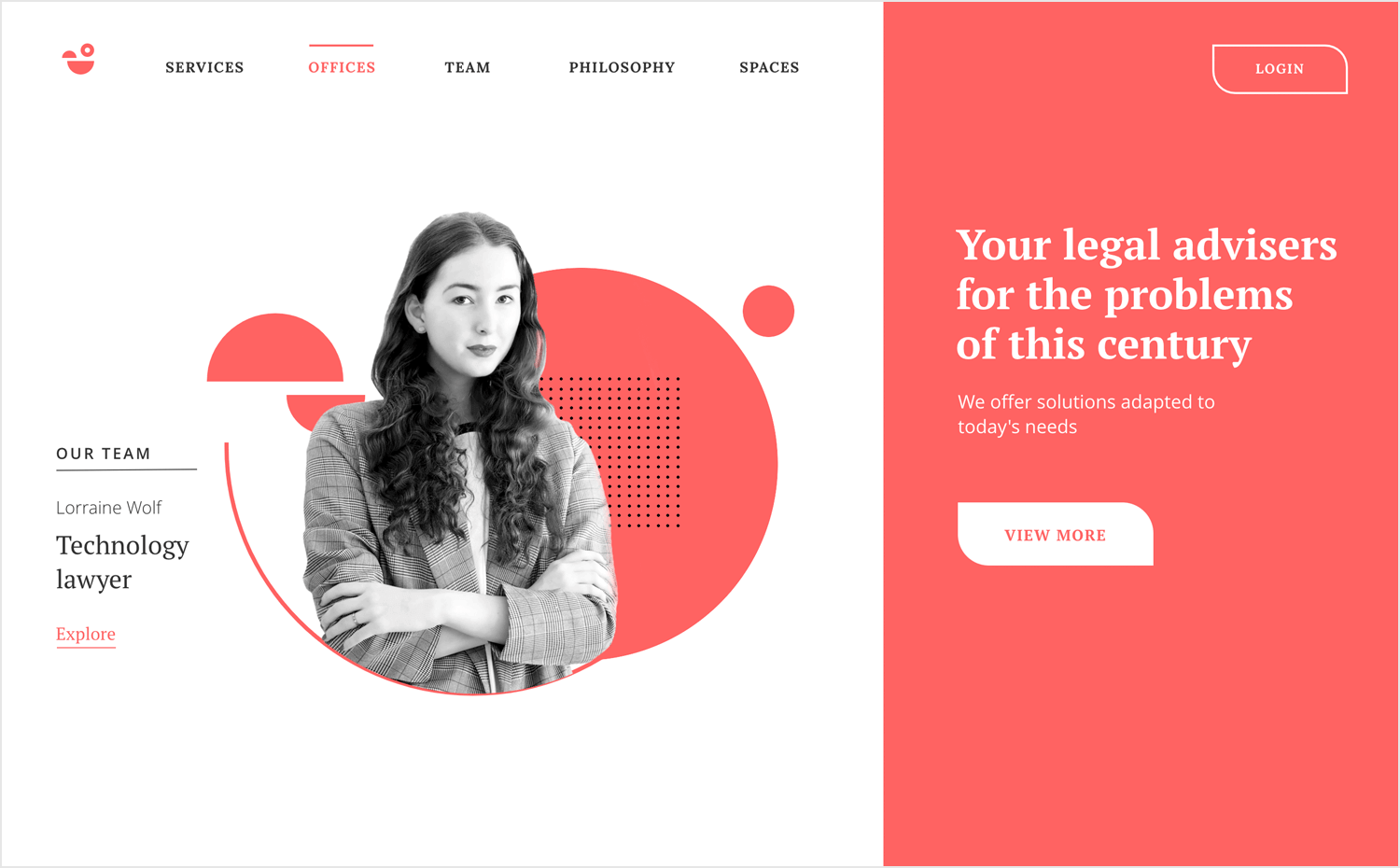High-Quality Website Design Services to Develop Engaging and Interactive Websites
High-Quality Website Design Services to Develop Engaging and Interactive Websites
Blog Article
Top Tips for Developing an Impactful Site Style That Converts
In today's digital landscape, the relevance of an impactful site design can not be overstated, specifically when it concerns converting visitors right into consumers. To attain this, one must take into consideration a variety of aspects, consisting of comprehending the target market, focusing on customer experience, and maximizing for mobile platforms. In addition, the tactical use of compelling call-to-actions and a distinct aesthetic hierarchy plays an essential function in assisting users via their trip. As we explore these vital elements, it comes to be evident that the success of your site rests on greater than simply appearance; it calls for a thoughtful technique to style and performance.

Understand Your Target Audience
Understanding your target audience is fundamental to efficient site design, as it lays the groundwork for creating an interesting customer experience. Identifying that your users are, including their demographics, choices, and actions, makes it possible for designers to customize the web site's web content, design, and functionality to satisfy certain needs.
Carrying out complete marketing research is critical in this process. Surveys, interviews, and analytics can provide beneficial insights right into customer expectations and pain points. By assembling this information, designers can produce customer identities that stand for different segments of the audience, guaranteeing that layout decisions are notified and appropriate.
In addition, comprehending the target audience aids in selecting suitable style elements such as color pattern, typography, and images that resonate with customers. A site that talks directly to its audience promotes a feeling of link and trust, encouraging longer check outs and higher conversion rates.
Ultimately, a user-centered approach to internet site layout not just improves user satisfaction yet also sustains organization objectives by driving involvement and loyalty. By prioritizing the needs and choices of the target audience, a site can efficiently serve its function and achieve preferred end results.
Prioritize User Experience
To improve the general effectiveness of a web site, focusing on user experience (UX) is crucial (Website Design). A well-designed UX makes sure that site visitors can navigate the site effortlessly, discover information swiftly, and involve with material meaningfully. This causes raised user complete satisfaction and higher conversion prices
Begin by implementing user-friendly navigation. Menus must be rationally structured, enabling users to locate essential locations of the site with very little initiative. Consistency in design aspects, such as color pattern and font styles, promotes familiarity, which is crucial for keeping individual engagement.
In addition, consider the loading speed of your website. A delay of just a few seconds can lead to substantial drop-offs, as customers are much less likely to wait for a slow-loading page. Improving photos and optimizing code can enhance performance and maintain site visitors.
Moreover, quality in content presentation is essential. Usage succinct, interesting language and separate message with visuals to enhance readability. By focusing on customer experience, you not only produce an extra enjoyable environment for visitors however additionally reinforce your brand's reliability. Inevitably, a focus on UX is an investment in the lasting success of your site.
Maximize for Mobile Tools
Maximizing for mobile phones is critical in today's digital landscape, where a raising variety of customers gain access to websites with smart devices and tablets. A mobile-friendly layout not just boosts customer experience but also plays a considerable duty in enhancing internet search engine positions. To achieve this, it is vital to embrace a receptive design that instantly gets used to numerous display sizes and positionings.

Filling rate is an additional essential variable; mobile users are usually much less client and anticipate quick accessibility to details. By prioritizing mobile optimization, you ensure that your internet site continues to be affordable and effectively involves a wider target market.
Usage Engaging Call-to-Actions
An internet site's performance commonly rests on its capability to guide site visitors towards preferred activities, making engaging call-to-actions (CTAs) essential components of design. CTAs work as the pivotal points that route users to engage with the site, whether that means buying, signing up for a newsletter, or downloading and install a source.
To produce reliable CTAs, quality is critical. Use succinct language that plainly communicates the activity you desire the user to take.
In addition, consider making use of directional cues, such as arrowheads or photos, to guide customers toward these buttons. By focusing on these elements, businesses can considerably enhance user involvement, driving conversions and ultimately achieving their web site's great post to read objectives.
Concentrate On Visual Power Structure
Effective website layout relies heavily on a well-structured visual pecking order that overviews individuals via content flawlessly. By organizing components in a fashion that prioritizes details, designers can boost customer experience and facilitate decision-making. This includes making use of size, shade, comparison, and spacing tactically to draw focus to the most essential elements of a web page.
Making use of bigger font styles for headings and subheadings establishes a clear difference read in between various areas, permitting users to scan material easily. Additionally, utilizing different colors for switches and calls-to-action can capture customer attention and urge communication. Whitespace is one more necessary component; it stops mess and allows individuals to focus on vital messages without diversions.
Pictures and graphics must complement the message while additionally adhering to the recognized power structure, strengthening the overall message (Website Design). Consistency in layout elements, such as color design and typography, further reinforces the aesthetic hierarchy, making navigation intuitive

Verdict
In final thought, reliable site style requires a thorough understanding of the have a peek at this site target audience, prioritization of user experience, and mobile optimization. Ultimately, a well-executed site style offers as a crucial component in driving user activities and achieving service goals.
Report this page